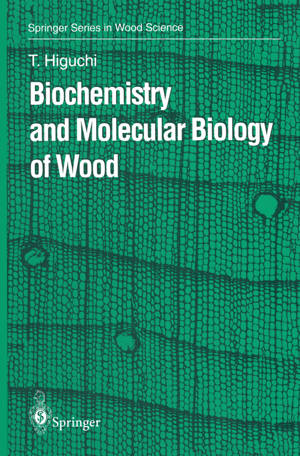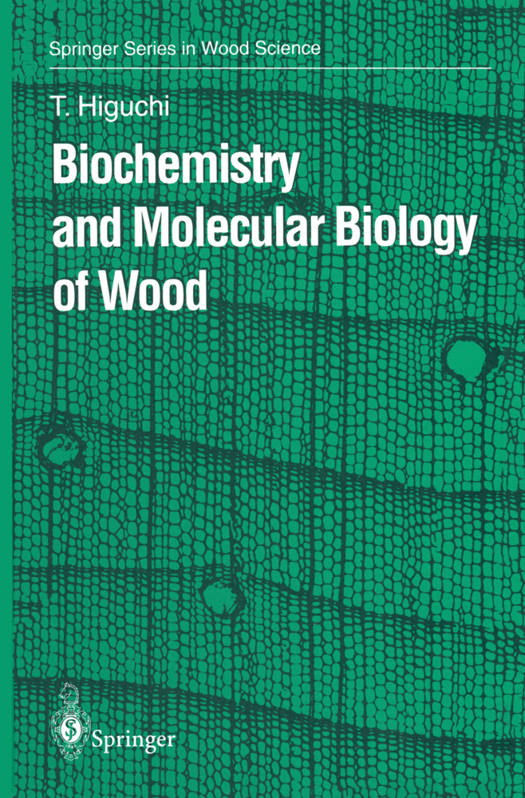
- Afhalen na 1 uur in een winkel met voorraad
- Gratis thuislevering in België vanaf € 30
- Ruim aanbod met 7 miljoen producten
- Afhalen na 1 uur in een winkel met voorraad
- Gratis thuislevering in België vanaf € 30
- Ruim aanbod met 7 miljoen producten
Zoeken
Omschrijving
Progress in wood chemistry has been related mainly to chemical wood pulping and bleaching and chemical utilization of wood and wood extractives. Meth- ods of wood analysis were developed by Schorger (proximate analysis in 1917) and Dore (summative analysis in 1919), and standard methods based on Schorger's method, e.g., TAPPI standards (Technical Association of the Pulp and Paper Industry), have been widely used for chemical analysis of woods in many countries. Thus it is generally known that wood is composed of about 50% cellulose, 20-35% of lignin, 15-25% of hemicelluloses, and variable amounts of extractives. Chemical characterization and efficient utilization of these wood components have been studied in laboratories of wood chemistry and technology in universities and government institutions. In the last decade, biochemistry and molecular biology of microorganisms, animals, and plants have greatly progressed. At the same time wood has been recognized as a unique renewable ecomaterial produced by trees using solar energy. In addition, many desirable properties of wood and wood components as biomaterial that affects physiology and psychology in humans have recently attracted attention.
Specificaties
Betrokkenen
- Auteur(s):
- Uitgeverij:
Inhoud
- Aantal bladzijden:
- 362
- Taal:
- Engels
- Reeks:
Eigenschappen
- Productcode (EAN):
- 9783642644191
- Verschijningsdatum:
- 26/09/2011
- Uitvoering:
- Paperback
- Formaat:
- Trade paperback (VS)
- Afmetingen:
- 156 mm x 234 mm
- Gewicht:
- 530 g

Alleen bij Standaard Boekhandel
+ 307 punten op je klantenkaart van Standaard Boekhandel
Beoordelingen
We publiceren alleen reviews die voldoen aan de voorwaarden voor reviews. Bekijk onze voorwaarden voor reviews.








